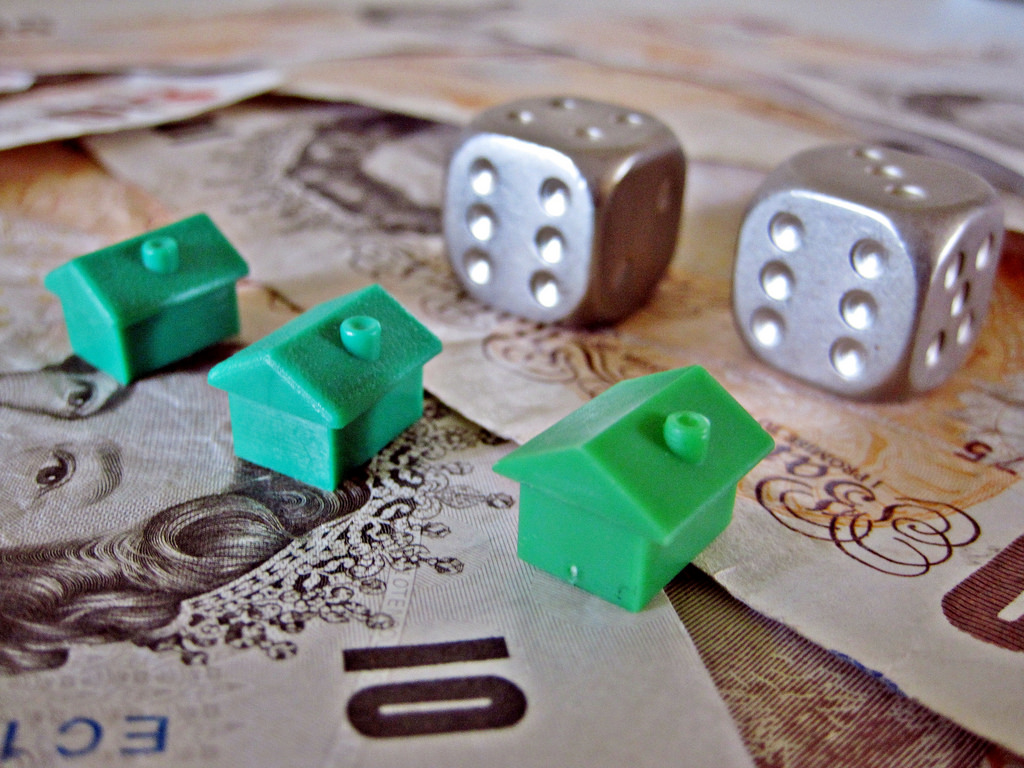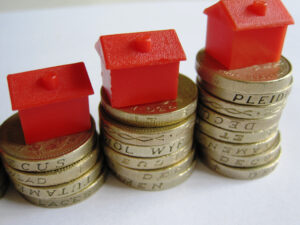
Leicester Stamp Duty Explained
For those looking to buy a home, there are more elements you have to consider than you might first imagine – especially financially. Buying a new property is more than simply meeting the asking price, as there are many other costs involved.
If you’re a first-time buyer, all of these additional costs can be overwhelming and confusing.
One of the ‘hidden costs’ of buying a new property is stamp duty, formally known as stamp duty land tax, SDLT.
What is stamp duty, how does it affect you, and how much are you going to have to pay?
Stamp Duty: What is it?
Stamp duty is a tax that you have to pay when you buy a property, particularly when it is above a certain price limit, and it is one of the primary fees that you should consider when you begin to save for your future home.
When you are purchasing a property for more than £125,000, you currently have to pay stamp duty land tax. Currently, properties with a market value of less than this figure are exempt from stamp duty.
Regardless of how you buy your future property – mortgage or cash – stamp duty will apply if you’re buying the property for more than the £125,000 figure.
Stamp Duty: When you might not have to pay
Although stamp duty land tax is supposedly charged for all properties that are priced over £125,000, there are a few examples of situations where you would be exempt from stamp duty.
The main way that you could be exempt from stamp duty is if the property you’re purchasing is your first – providing it costs less than £300,000. This change was only announced by the government on 22nd November 2017, meaning that some first-time buyers might still think that they have to pay stamp duty if they don’t have adequate legal counselling.
If you are hoping to live in Scotland, stamp duty doesn’t apply. Alternatively, you have to pay the Land and Buildings Transaction Tax. For this tax different rates and rules apply, so you need to ensure that you’re getting advice specifically for Scotland if that’s where you’re purchasing property.
Some people dread having a property left to them in a will, as they believe they’re going to have to spend a significant amount on tax duty. If a house is left to you as part of a will, you won’t have to pay stamp duty on the property.
Another example of where you won’t pay stamp duty is if the property is transferred to you as part of a divorce.
Stamp Duty: How much it’s going to cost
So, you’re purchasing property priced over £125,000, and you know you’re going to have to pay this tax? You might be wondering exactly how much it’s going to cost you. After all, tax amount will vary depending on the price of the house that you’re purchasing.
There are multiple groups for stamp duty, which all depend on the price of the property that you’re purchasing.
As with the majority of taxes, stamp duty can be changed by the government whenever they please, but here are the current up-to-date rates that you must consider as a factor when saving for your home.
£125,001 – £250,000: 2% (first-time buyer: 0%)
£250,000 – £300,000: 5% (first-time buyer: 0%)
£300,001 – £925,000: 5% (first-time buyer: 5%)
£925,000 – £1.5m: 10% (first-time buyer: 10%)
£1.5m and up: 12% (first-time buyer: 12%)
It’s worth noting that stamp duty is exclusively calculated on the element of the purchase price that falls within that band. This means that if you’re buying a home for £125,001, you’ll only have to pay 2% tax on the £1 that you’re over the threshold. However, it’s slightly more complicated as you work through the bands. Speaking to a financial advisor can help you to comprehend all of these costs.
Stamp Duty: 2nd Homes, how does it work?
From 2016 the new buy-to-let and second property stamp duty rules mean that anyone buying an additional property, including buy-to-let landlords and those buying second homes and holiday homes, will have to pay an extra 3% in stamp duty. This increased rate applies to properties bought for £40,000 or more and will also apply even if the main home you currently own is overseas.
Under the banding system, second homes worth less than £125,000 now attract three per cent tax instead of zero. Those worth between £125,000 and £250,000 now have a five per cent rate rather than two per cent, and so on. For each tier you would pay a rate three percentage points higher.
This means:
On a property costing up to £125,000 you will pay 3%, rather than 0%.
On a property costing £125,000 – £250,000 you pay 5%, rather than 2%.
On a property costing £250,000 – £925,000 you pay 8%, rather than 5%.
On a property costing £925,000 – £1.5m you pay 13%, rather than 10%.
On a property costing £1.5m+ you pay 15%, rather than 12%.
As a Leicester estate agent with many years of experience in the property industry, we can help you through the complete process of purchasing a new property. Get in touch with Open House Leicester today using either 0116 243 7938 or info@openhouseleicester.co.uk and to talk to our helpful team.




